The aim of the nation-wide Generation project has been to showcase some of the best and most significant artists to have emerged from Scotland since 1989. The artists involved are seen to have been involved in a process of creating a vibrant and internationally recognised contemporary art scene. The inclusion of a short-lived, participatory, feminist public art project from the early 1990s, based in a vacant house in Castlemilk, a ‘scheme’ on the outskirts of Glasgow, offers up an alternative lens through which to view the broader cultural work undertaken in this period.
Castlemilk Womanhouse was a Women in Profile (WIP) project. WIP had been forged by a group of women in Glasgow in order to ensure women’s culture and creativity was a part of the European City of Culture in 1990. [i] As one of the co-founders of WIP and the resource it grew into, Glasgow Women’s Library, the concept of Generation seemed to offer a timely opportunity reflect on the role of WIP and Castlemilk Womanhouse
I had been encouraged to consider Castlemilk Womanhouse as an important crucible for the fomenting of women’s art in Scotland, as historically significant, by two projects spearheaded by Dr Sarah Lowndes. Lowndes had co-curated the symposium ‘Subject in Process: Feminism and Art’ (2009) where I had the opportunity to discuss the trajectory of Castlemilk Womanhouse, WIP and GWL[ii] and Lowndes also curated a survey exhibition ‘Studio 58’ (2012) which situated these three projects in her post war survey of women alumni from Glasgow School of Art.[iii]
Within a context of growing public interest in this period of activity by feminist creatives in Glasgow, support from Generation enabled four areas of activity: research on and archival cataloguing of Castlemilk Womanhouse and WIP collections housed at Glasgow Women’s Library, the digitisation and interpretation of these materials, the involvement of participants in the Castlemilk Womanhouse project in creating video and oral records, the sourcing and screening of film materials associated with Womanhouse projects at Castlemilk Community Centre and significantly, the commissioning of artist Kate Davis to create new work inspired by her personal discovery of the Castlemilk Womanhouse collection.
In GWL’s premises at Bridgeton we finally have a permanent home for our extensive archive, museum and library materials and the potential to develop a programme of collections orientated events and exhibitions. With Generation and HOUSE WORK CASTLE MILK WOMAN HOUSE[iv]) GWL could create a template for a recurring programme, asking artists to unearth, interrogate and work with materials otherwise neglected by the cultural canon.
Kate Davis was keen that this project included art historical, curatorial and discussions strands and we invited art historian Alice Andrews to join a small curatorial team.[v]
Throughout the research period a fascinating multifaceted array of data, materials, hidden histories, accounts and memories were, and are still being, unearthed, whilst questions, elisions and gaps in the history proliferated.
In the course of research for HOUSE WORK CASTLE MILK WOMAN HOUSE the team, led by Kate Davis have been consciously considering the ethics of our process of reclamation of this historic project. We became conscious that this work might also start to define a working practice that could be built on by GWL’s collections and learning teams as we invite audiences, researchers and visitors to our new home and in anticipation of our collection becoming more public in our space and online.
In September 2014 we hosted a symposium ‘Feminist Ethics in the Archive’ inviting the wider public and research colleagues into this reflective and discursive process[vi]. Our aim was to ask questions that have informed the development of HOUSE WORK CASTLE MILK WOMAN HOUSE and will be reiterated in our future efforts to contextualise the GWL collection. What is at stake when women’s projects are professionalised and materials move from being part of a participatory, community art landscape into the archive? How is authorship attributed? Who owns the work? Who is being (mis)represented when projects join a canon of art history? How can we ensure that the heterogeneity and sometimes conflicting accounts of history be accommodated?
We hope that in some small measure our discussions of the ethics of feminist archiving affects not just how Scotland’s art and culture may be recorded and interpreted in the future but how each of our own contributions to it (as participants, artists, archivists and art historians) are understood.
A picture has coalesced, as the first part of our contribution to Generation is offered to the public at GWL and online, of a vibrant, path-finding project involving a wide range of creatives, some of whom are recognisable as amongst the pantheon celebrated by Generation, some for whom Castlemilk Womanhouse was their principle creative contribution. It is a project that indubitably coined a new form of feminist art practice in Scotland rooted in the earlier Womanhouse precedents in California and England.[vii] It was an endeavour that blurred the terrains of fine art and community practice, an area of debate that remains fiercely contested. It was a project that was vital in crystallising the idea that Glasgow needed a creative space for women but has given us evidence of the scale of work involved, demands on and costs for women of making and sustaining a space of their own.
The term ‘legacy’ has signified for some the inauthenticity of regeneration agendas and the rhetoric that surrounds the cavalcade of festivals that have heralded the reinvention of Glasgow as a ‘cultural capital’ from Glasgow Garden Festival in 1988 (as WIP was forming) to the Commonwealth Games in 2014 as Generation was launched. Castlemilk Womanhouse has become visible: through the agency of Kate Davis, as a project whose legacy is genuinely and palpably felt and communicated through the voices of the many participants, within a trajectory of international feminist art practice, into a coherent archive resource at GWL and within Kate Davis’s own HOUSE WORK CASTLE MILK WOMAN HOUSE, which is being presented at Glasgow Women’s Library from 21st October – 18th December 2014. [viii]
Dr Adele Patrick, Lifelong Learning and Creative Development Manager, Glasgow Women’s Library
Notes
[i] Sarah Lowndes has discussed Women in Profile and Castlemilk Womanhouse in her survey of the Glasgow Art scene in this period ‘Social Sculpture: the rise of the Glasgow Art Scene’ (2010) Luath Press, Edinburgh
[ii] My paper ‘Making space for women: a review of the work of Women in Profile and Glasgow Women’s Library, 1988-2009’ https://womenslibrary.org.uk/2009/10/06/subject-in-process/
[iii] Sarah Lowndes, ‘Studio 58: women artists in Glasgow since World War II’ (2012) Mackintosh Museum, Glasgow School of Art
[iv] This was precipitated by the 21 Revolutions project that involved the creative interpretation of GWL’s collections by 21 artists and 21 writers, ‘21 Revolutions: new writing and prints inspired by the collection at Glasgow Women’s Library’(2014) ed. Adele Patrick, Glasgow Women’s Library/Freight Publishing
[v] We were fortunate to have Hannah Hamblin join us as a researcher from University of Edinburgh Modern and Contemporary Art.
[vi] The symposium was supported by a Glasgow School of Art AHRC-funded research project based at and focussing on the archive of the CCA, entitled The Glasgow Miracle: Material Towards Alternative Histories. For further information on the archive or to arrange access to the material contact archive@cca-glasgow.com
[vii] Sub Rosa’s Refugia Archive for Californian Womanhouse (1972) is a good online resource which gives an overview of the project womanhouse.refugia.net
See also, ‘The Power of Feminist Art: The American Movement of the 1970s, history and impact’ (1994) ed. Norma Broude & Mary D. Garrand, Abrams: New York
For information on other Womanhouse projects in the UK, see ‘Framing Feminism: art and the women’s movement 1970-1985’ (1987), ed. Rozsika Parker & Griselda Pollock, Pandora: London/New York
[viii] Strikingly, as a project of WIP, created as a foil to the triumphalism of the dominant (male) art and culture on show during the City of Culture year, WIP in its incarnation as Glasgow Women’s Library is alone from the plethora of projects that were ignited by the Capital of Culture Year that has endured.

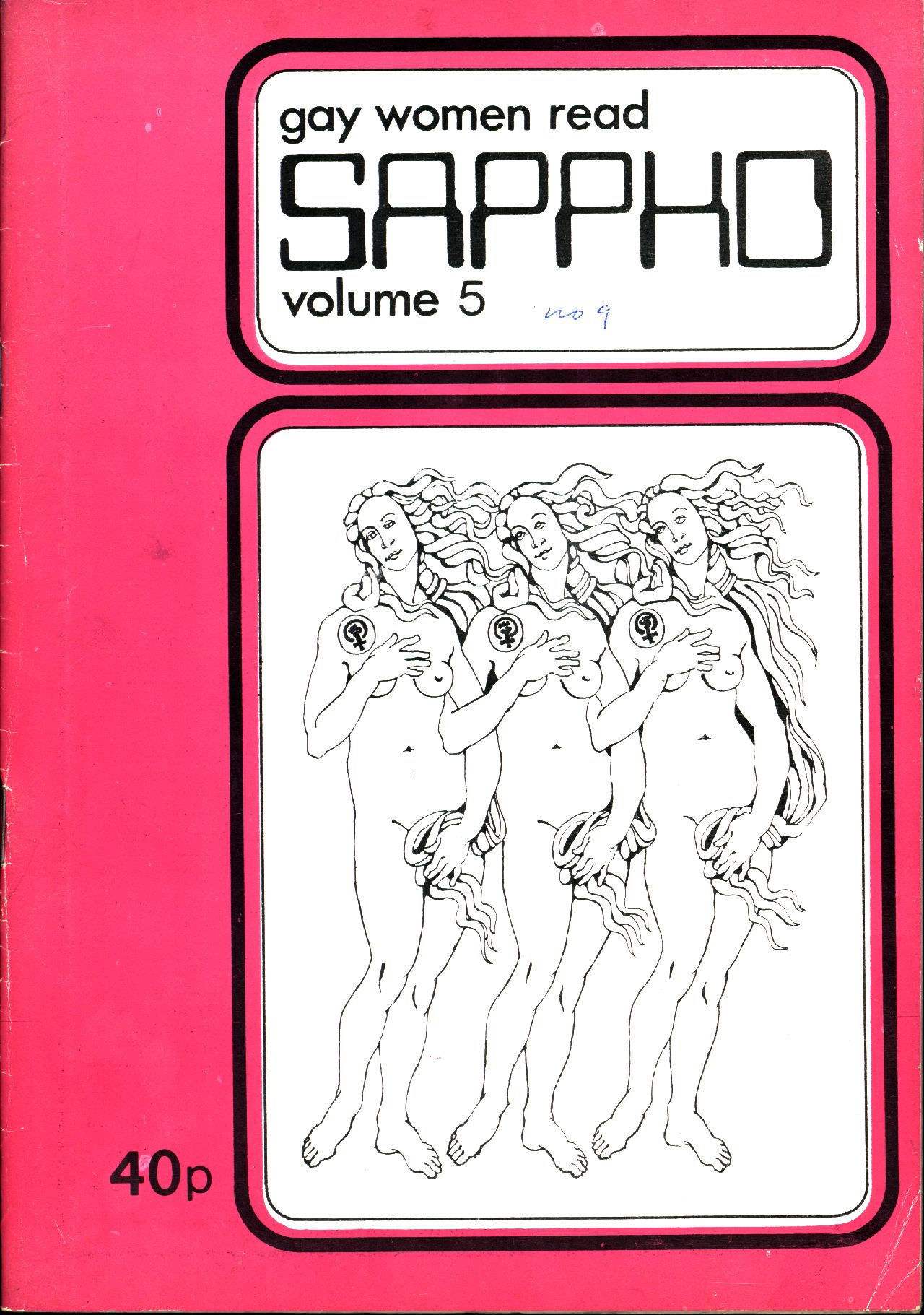
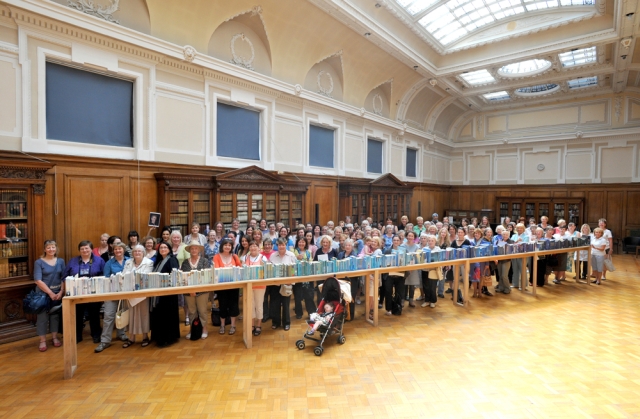
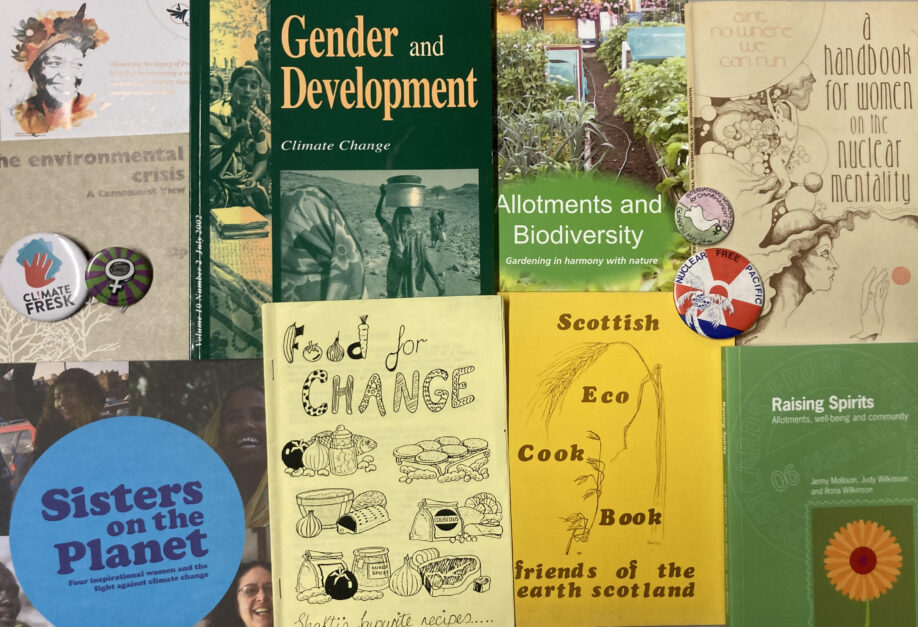
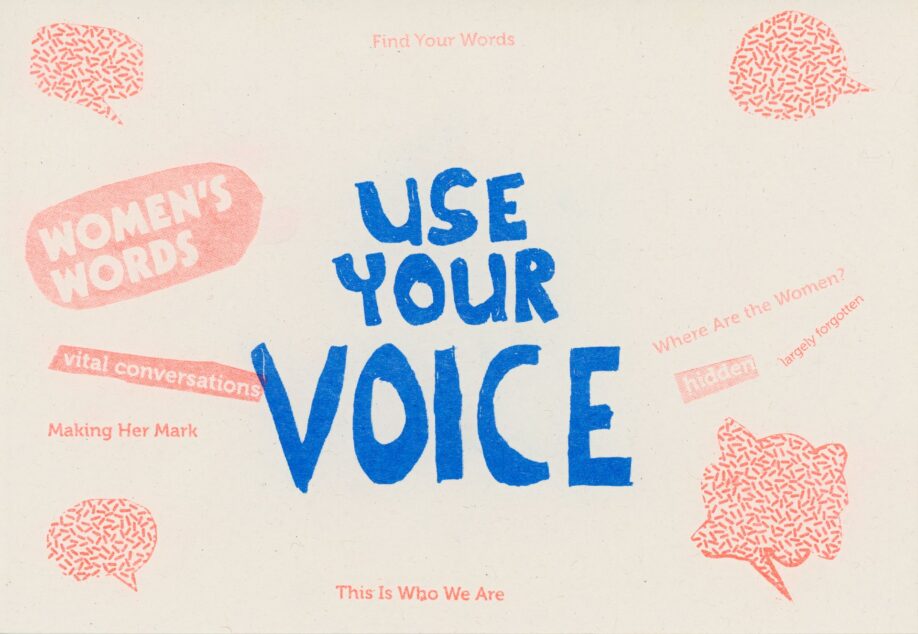
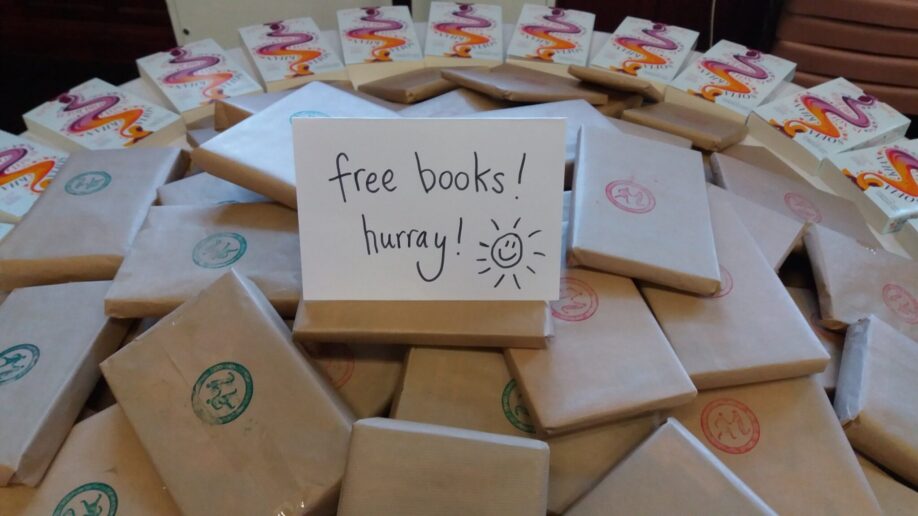
Leave a Reply